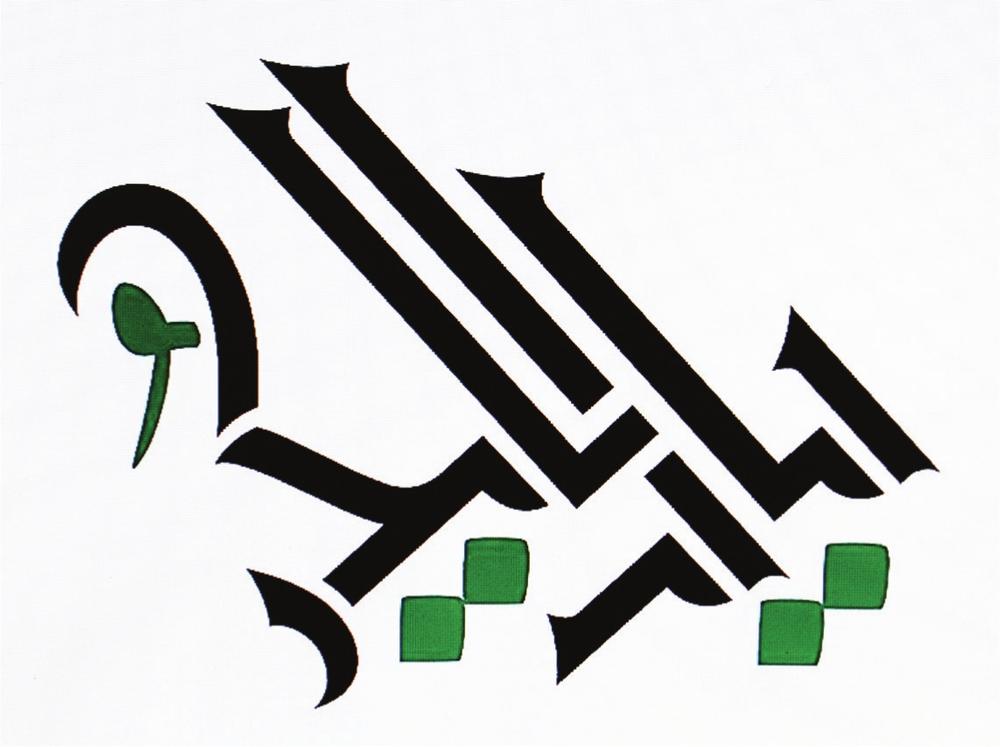
‘Freedom’ designed by Hussein Khzam, from Freedom Week Graffiti Syria’s page on Facebook.

Logo: Freedom Week Graffiti Syria, from its Facebook page.
In the early days of the uprising, words and short phrases – ‘Freedom’ or ‘Down with Bashar al-Assad’ – were sprayed quickly, sometimes shakily. Since then, making graffiti can come at a high cost. Activists caught in the act by the country’s security services often pay with their lives. Despite extreme danger, little by little, wall by wall, graffiti in Syria has grown into a powerful form of resistance. Throughout the country, political messaging has turned into a fully-fledged movement that aims at creating solidarity and undermining the regime’s brutal military campaign. Examples include slogans such as: ‘Your bullets killed only our fear’ and, in Homs, where invading regime forces drove many to flee, a declaration on a prominent public wall announced: ‘We were forced to leave, but our hearts are left behind’ and ‘We will return’.
Syrian street artists and fine artists, individually and in anonymous collectives, with members inside and outside the country, have been designing stencils that encapsulate certain political messages, e.g. ‘Release the prisoners of conscience’. Many of these cutout patterns feature the faces of martyrs and have been made available online in high resolution for protesters and activists to download, print, cut and spray.

‘Freedom Gate’ designed by Hussein Khzam, from Freedom Week Graffiti Syria’s page on Facebook.
Because of the danger surrounding the act of stencilling and making graffiti, producers and users have created a secret toolkit for spray-painting quickly and surreptitiously. These techniques favour discretion, portability and anonymity, and include, among others, a stencil cut out of the bottom of a carrier bag that can be placed anywhere, sprayed quickly and walked away from. Another stencil, hidden within the pages of a newspaper as a sheet, can be whipped out at a moment’s notice, sprayed and left for all to see. Works like these formed the basis for the 2012 international campaign Freedom Graffiti Week Syria, part of the international Freedom Graffiti Week. Exhibitions took place across Syria as well as on many walls around the world, in Beirut, Cairo, Ramallah and San Francisco.
As the conflict intensifies in Syria, so do anger and social division. The writing on a wall in a small town in the north of the country stands as a brave testament to a revolution that continues to battle a murderous regime, but also doesn’t shy away from standing up to the blind rage of war: ‘Freedom, our homeland is big enough for all of us. Together we are more beautiful, for you are still my brother.’

‘Down with the tyrant’, from Freedom Graffiti Week Syria’s page on Facebook.

‘Step here’ designed by Alaa Ghazal, from Freedom Week Graffiti Syria’s page on Facebook.

‘Syrian freedom revolution’ designed by Hussein Khzam, from Freedom Week Graffiti Syria’s page on Facebook.